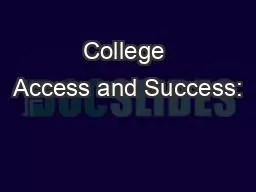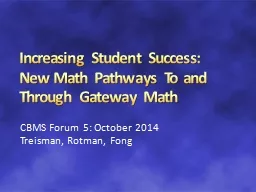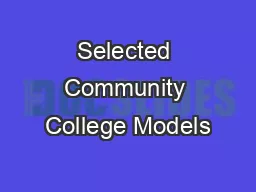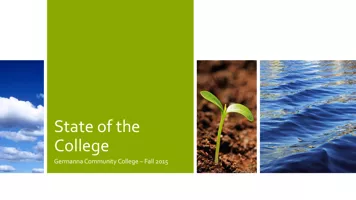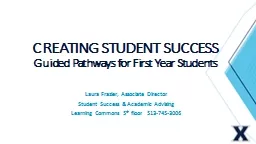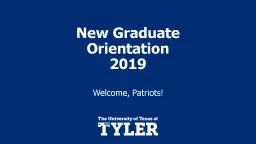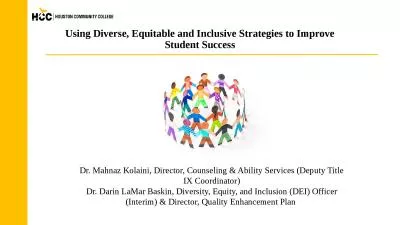PPT-College Access and Success:
Author : genderadidas | Published Date : 2020-06-23
From Survivor to Completer For Highly Mobile and Homeless Students 62717 Further information Texas Homeless Education Office Dr Vicky Dill 5124759715 vickydillaustinutexasedu
Presentation Embed Code
Download Presentation
Download Presentation The PPT/PDF document "College Access and Success:" is the property of its rightful owner. Permission is granted to download and print the materials on this website for personal, non-commercial use only, and to display it on your personal computer provided you do not modify the materials and that you retain all copyright notices contained in the materials. By downloading content from our website, you accept the terms of this agreement.
College Access and Success:: Transcript
Download Rules Of Document
"College Access and Success:"The content belongs to its owner. You may download and print it for personal use, without modification, and keep all copyright notices. By downloading, you agree to these terms.
Related Documents

